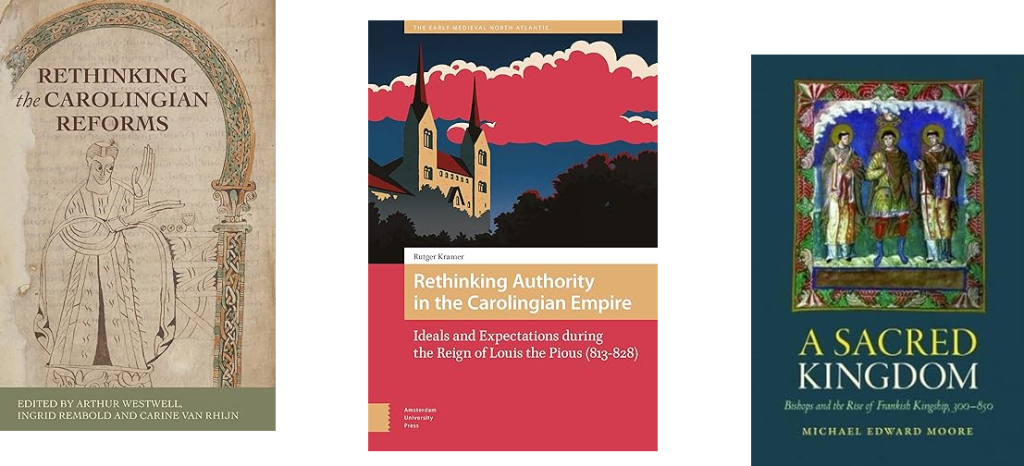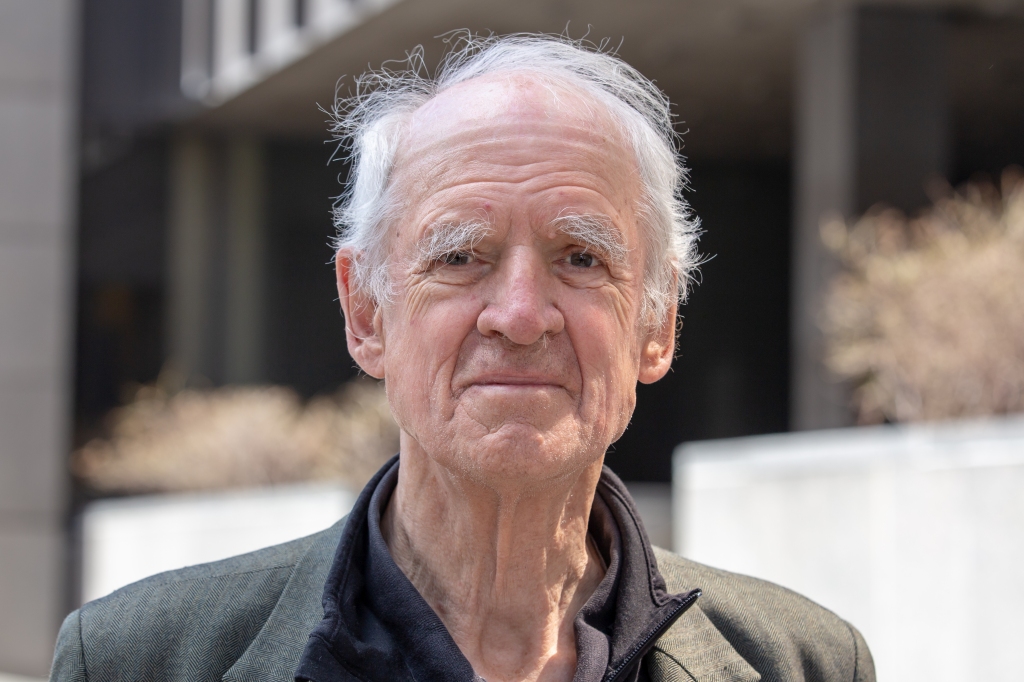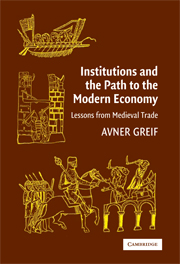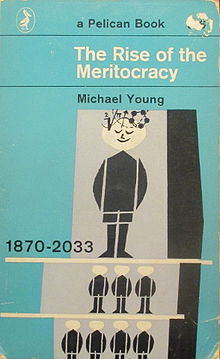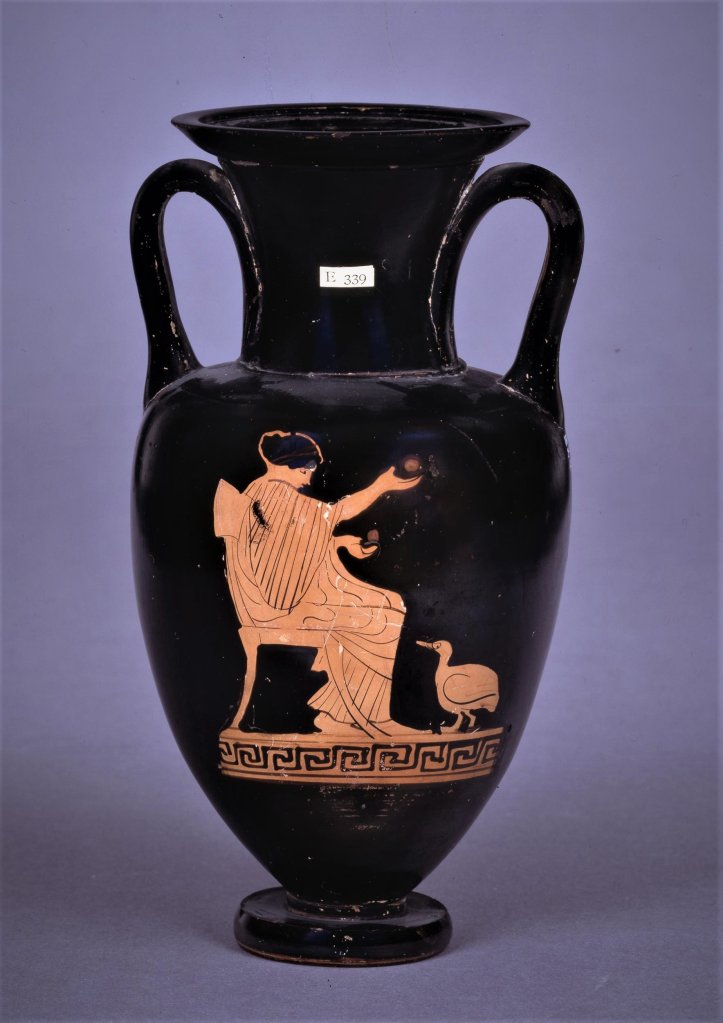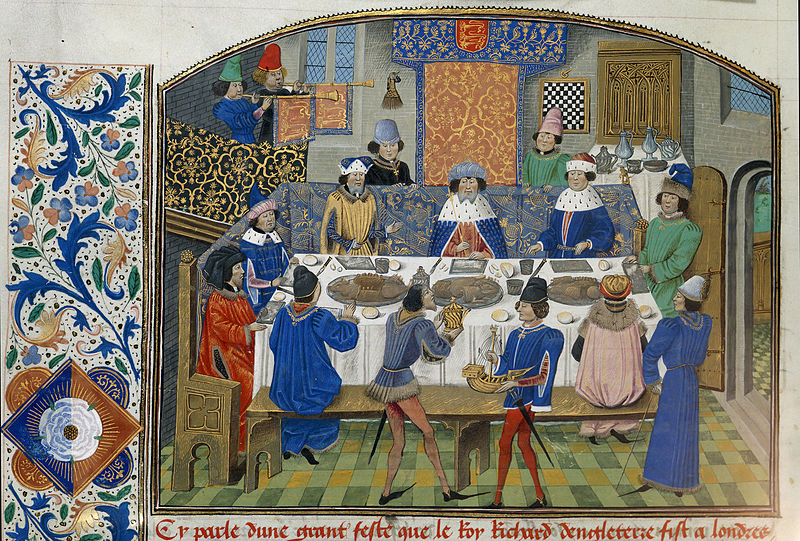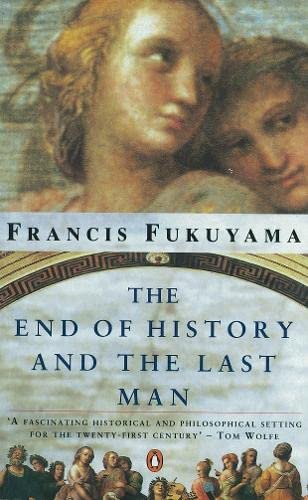There are multiple levels of irony involved when reading Michael Young’s book, The Rise of the Meritocracy 1870-2033. It’s a satire written in 1958, but supposedly looking back from 2033 at a future that’s now only a few years ahead of us. It tells of a failed utopia (the supposed “author” of this history is revealed as having been killed by a lower-class mob by a note at the end of the book), but Young later claimed that it had been misunderstood, and that “meritocracy” is not a positive concept.
Young’s book is fascinating just as futurology, although he has two big blind spots. One is technological: there’s barely any mention of computers, although in 1958 that’s forgivable. The other big blind spot, however, is women’s roles. The imagined author can’t see why women object to having to give up work on marriage (p. 172) and adds (p. 173):
Infants need the love of a mother; they also need her intellectual stimulation, her tender introduction to a high culture, her diligent preparation for a dedicated life. She will neglect her motherly duties only at the peril of her children, not to speak of the displeasure of her husband.
I have the sense behind this satire of complacency that Young himself hasn’t really thought seriously about women’s work and aspirations. On the other hand, there’s something terribly poignant in 2023 in the statement (p. 46):
Thanks in part to atomic power which released Britain from dependence on oil and coal, in part to the economic advantages of European unification; but thanks mainly to the scientific management of talent, in productivity little Britain began to leave the giants behind.
Or indeed (pp. 160-161):
Since 2005 the annual productivity increment has been ploughed back, primarily in human resources, that is spent upon higher education and upon the maintenance at concert pitch of the people who are its products; and secondarily, upon mechanical equipment of all kinds.
That seems to me the central irony of the book: that the failed utopia Young imagined still looks a lot better than what we’ve ended up with in Britain instead.
Meritocratic policies
It’s worth analysing, therefore, how Young imagined this supposed utopia being implemented. There’s a lot of detail in the book, but the central idea is quite simple (p. 94):
Intelligence and effort together make up merit (I+E=M)
Intelligence here is measured by IQ tests, which are implicitly assumed to be both accurate and unbiased. But Young also talks (p. 178) of “generous allowance for borderline cases” and, as mentioned below, these aren’t one off-tests, but repeated.
The book then describes four main policy areas intended to ensure that the more meritorious take their rightful place at the top of society:
1) removing the barriers to the rise of intelligent men from the lower classes
2) destroying nepotism and promoting the downward mobility of stupid men from the upper classes
3) resisting the ideas of egalitarian educators who want to have the same education for all
4) providing dignity and material comfort to the unintelligent lower classes
The detailed policies that Young imagines for these aims have some interesting twists. For no. 1, although grammar schools are one of the main means of ensuring the upward mobility of bright lower-class boys, there’s also payment of pupils (to stop them being tempted away to manual work) and IQ test centres and adult education that allow late developers to be recognised and be able to go to university. The salaries of grammar teachers are also substantially increased to make their pay comparable to industry (p. 62) and attract the intelligent into teaching.
On no. 2, Young presumes high taxes on all unearned income, as well as death duties (to limit inherited wealth severely), but also the existence of campaigns against nepotism: “Parents had to be educated to understand it was a sin to seek high positions for stupid children” (p. 130). He imagines a situation in which private education, rather than being abolished, withers away with competition from grammar schools. In the meritocracy wealthy parents send their bright children to (free) grammar schools, since the education there is so good, with only the dull sent to fee-paying public schools, which thus lose their social status. Other public schools convert to grammar schools (like a more complete version of the direct grant grammar schools).
What about no. 3: resistance to meritocracy by egalitarians? One of the hindrances the imagined author sees in achieving his meritocratic society is the “sentimental egalitarianism” (p. 41) which “urged that everyone, those with talent as well as those without, should attend the same schools and receive the same basic education”, i.e. that there should be unstreamed comprehensive schools. (In this version of Britain, no-one apparently proposed the comprehensive university).
In the meritocracy, however, the egalitarians lose out through sheer reality, since “in the long run ambitious parents always brought to grief the best-laid schemes of egalitarian reformers” (p. 52). Young’s author also points out that meritocrats were able to defeat opposition to IQ tests, because (p. 73):
research demonstrated conclusively that teachers’ reports and ordinary examinations were less fair to lower-class children. Teachers unconsciously favoured children from their own class; old-fashioned exams were kinder to the more cultured homes.
Instead, “Intelligence tests, less biased, were the very instrument of social justice” (p. 73).
Young’s final sense of policies (no.4) are those intended to console the losers in a meritocratic system. Whereas in nepotistic and class-based systems, those at the bottom of the heap can console themselves by claims of essential human equality, and that they were denied opportunity to shine, in this world (p. 108): “for the first time in human history the inferior man has no ready buttress for his self-regard”.
The meritocracy had plans for this as well: “The lower classes needed a Mythos, and they got what they needed, the Mythos of Muscularity” (p. 109). The core of the secondary modern schools’ curriculum (aside from the three Rs), became handicrafts, gymnastics and games. Education for leisure was emphasised, with the best pupils encouraged to continue sports in adult life and the others provided with ample opportunities for watching sports.
The author also describes the development (p. 113) of “a permanent peace-time Pioneer Corps, men with large muscles and small brains…who were not only good at emptying dustbins and heaving loads, but liked doing it.” Young’s imaginary bureaucrat admits, however, that automation is a threat to unskilled workers and that despite the development of the Home Help Corps of domestic live-in servants (their conditions of service strictly regulated by the government), male unemployment is still substantially higher than female (p. 123).
There are ironic reminders in this policy area specifically of a more egalitarian real past in the 1950s. Even as Trade Unions’ real power ebbed away (because the ablest working-class men were no longer part of them), “the trade unions, have, like the monarchy, been given an ever more honourable place in the social order (p. 149)”, with representation on all national bodies and awards of honour given to workmen.
There’s also a revealing passage discussing the material fate of the downwardly mobile stupid boy from an upper-class family (pp. 99-100):
Reared in a house with an entertainment centre at its core, bespoke cooking and open wood fires, the poor boy may find it hard indeed to get used to an ordinary council house with heat pump but no open fires, with three-dimensional tape-recorders instead of an entertainment centre, with pre-packaged meals instead of bespoke cooking.
In Young’s meritocracy, even the lower classes have adequate housing, heating and food. In a particularly bravado piece of imagination by Young, these classes also have the same basic wages as the elites (p. 159):
Every employee of whatever rank has received the Equal (as emoluments are officially called) simply by virtue of being a citizen, and the differences between grades have been recognised not any longer by salaries but by the payment of such varying expenses as could be justified by the needs of efficiency.
In the meritocracy, the intellectual elite get chauffeurs, domestic help, company cars and ample paid-for holidays (so they have more thinking time), but they do not actually get more freely disposable income.
Their problems and ours
It’s slightly unfair to call Young’s meritocratic Britain a utopia because his narrator admits there are still problems within his society. What’s striking is how many of the problems it mentions are those we already have in our society, including:
-
- The withering away of the House of Commons
-
- The Labour party turning middle-class
-
- The lower classes no longer having high quality leaders
-
- Assortative mating of the intelligent, meaning that they begin to form a hereditary class
-
- Earlier and earlier accurate recognition of the cognitive elite
-
- The development of feelings of hopelessness, inferiority and lack of respect among those in unskilled work
How have we got those problems without the benefits of a meritocracy? What it seems to me we have in the real 2023 Britain is an unplanned partial meritocracy, which has implemented some of the upward mobility of the cognitive elite without dealing properly with the issues of nepotism, egalitarianism and the dignity of the lower classes.
Removing of barriers to the rise of the cognitive elite (no. 1) is actually the simplest of the tasks, because it’s easier to get support. British Socialist/Labour governments have been willing to implement specific policies (as in the Young’s meritocracy version of Britain), but market forces (which are underplayed by Young) have also had a major impact. Competing universities want to get the brightest students; competing firms want to get the brightest and most energetic workers.
In contrast when you look at complaints about meritocracy, like those by Michael Sandel, for example, they’re often at least partially that systems aren’t actually meritocratic and that nepotism and inherited wealth in particular skew the system. Because of vested interests from the current elites, policies like those of no. 2 haven’t been implemented.
Similarly, it’s clear that greater egalitarianism in education in the UK than Young expected (no. 3) has had some unfortunate side effects. I’m a supporter of comprehensive schools and against a grammar school system, like Young. But his idealised version of the selective school system in meritocratic Britain, with its opportunities for later bloomers, less biased tests and wider generosity towards marginal candidates is quite attractive compared to the actual existing mostly comprehensive system in the UK.
That’s because the comprehensive system we have currently hasn’t solved the problem of selection by postcode/house price (so that only the well-off can afford to live in the catchment areas of good schools). It also hasn’t led to the withering away of the fee-paying school system, which some parents use to buy advantage for their child (as Young predicts).
And while I don’t think GCSEs as a whole are “dumbed-down” (I tried some GCSE further maths exam papers a few years ago and they were hard work), I think some GCSE courses, especially in modern languages, are of substantially lower quality than the O levels I took. If able students are not getting the “stretching” they need in school, it’s harder for those from the lower classes to develop than those who can get tuition or parental support outside school.
Finally, there’s the question of the dignity and material comfort of the lower classes/unskilled workers (no. 4). I’m not sure to what extent government policies can really affect people’s dignity (I want to say more about that in a separate post), but increasingly unfettered capitalism has certainly been corrosive for those at the bottom of the heap. On the other hand, there’s also been a fair amount of undervaluing and denigrating the lower classes by liberal/left-wing politicians and commentators, as seen in the Brexit debate , for example.
DEI (Diversity, Equity, and Inclusion) and social justice initiatives, a current focus of left-wing thought, also have an uneasy fit with meritocracy. There are some aspects that are straightforwardly meritocratic: removing barriers to universities and jobs for disadvantaged children and encouraging their success. But there’s also a strand of social justice that is strongly egalitarian in the levelling-down sense, for example, regarding punctuality as white supremacy. Some forms of DEI may inadvertently reinforce nepotism, such as when there’s a strong emphasis on linguistic rules that advantage those from cultured backgrounds, or when standardised testing for university entrance is replaced with essays, for which assistance can be brought in. Social justice enthusiasts also tend to have little respect for uneducated white men, even if they are near the bottom of the social heap.
Caring for the Young
There are lot of ironies, then, in reading Young’s book now, but there are also several additional ones that come from my limited knowledge of his life outside the book. For example, both in his serious and satirical work he uses the example of Ernest Bevin, the influential Labour politician, who left school at the age of 11. Real world Young commented in 2001:
Quite a few other members of the Attlee cabinet, like Bevan and Griffiths (miners both), had similar lowly origins and so were also a source of pride for many ordinary people who could identify with them. It is a sharp contrast with the Blair cabinet, largely filled as it is with members of the meritocracy.
The (unstated) implication is that men like Bevin need to be left uneducated, despite their potential, to produce future politicians who will help benefit the “ordinary people” as a whole. It’s worth pointing out, therefore, that Young himself went to the fee-paying Dartington Hall School and from there to the London School of Economics, so it was never going to be someone like him who was going to have to leave school early. And as Young the satirist pointed out in 1958 (p. 166), when it was proposed that a “proportion of the more able children should leave work at the minimum age” to work in menial jobs, all that could be suggested was that they be chosen by ballot, since “most clever people want to get on in the world”. I can’t help feeling that’s one-nil to the satirist here.
But the biggest irony concern Michael Young’s own family. In the 1980s, an act of nepotism by him helped his own son gain a place at Oxford University, an act so notorious that it’s still being referenced by writers forty years on. (There was a mix-up over whether his son had been offered a place or not and Michael Young phoned the admission tutor, who subsequently decided to admit the teenager. It’s hard to imagine that when the life peer Baron Young of Dartington, a noted politician and academic, phones you up, it has zero influence on your decision).
The irony of that nepotism is even greater because the son in question was Toby Young, a right-wing commentator who has made controversial remarks about eugenics and is an advocate of free schools, state-funded schools that have more independence from government than traditional comprehensives. He’s shown a particular interest in the connection between polygenic scores and educational achievement, potentially a real-life version of the at-birth IQ prediction techniques that his father discusses in his satire (p. 180). Would he have been so influential if his father hadn’t intervened for him and he hadn’t got to Oxford?
Conclusion
So where do all this levels of irony and contradiction leave meritocracy as a principle for societies? My tentative conclusion is that like capitalism and democracy, it’s the worst possible institution except all the alternatives. As Michael Young deliberately and accidentally shows, however, it’s hard to believe, given human nature, that a full meritocracy could ever be implemented.
But I think you can see one extra very important lesson from this satire, both for the meritocratic “author” looking back and for the real-life meritocratic sceptic Michael Young: that the biggest weakness of being intelligent is thinking that you know exactly what you’re doing and that there will be no unexpected outcomes to your plans.


